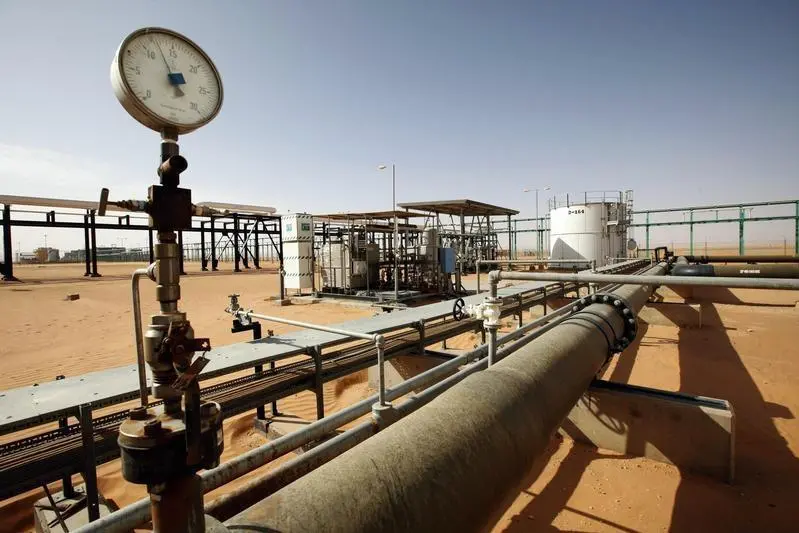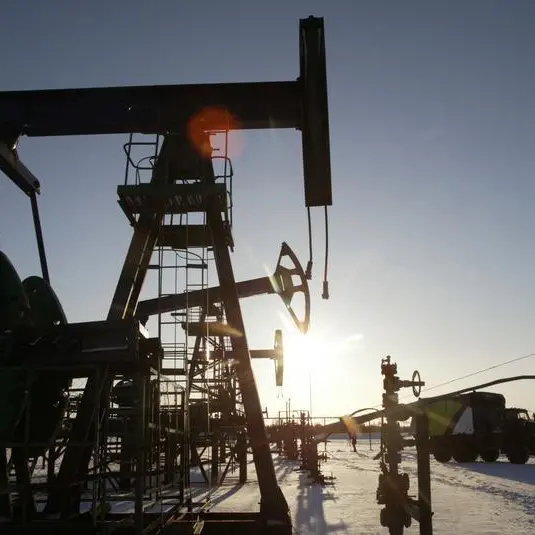PHOTO
Disruption in oil production in both Libya and Nigeria could push Brent crude prices still higher, with oil crossing the $80 mark on Thursday for first time since April amidst cooling US inflation and strong demand outlook.
US inflation is at its lowest rate since March 2021. Cooling inflation has also given markets hope that the Federal Reserve could be close to ending its monetary policy tightening campaign. Also, OPEC has predicted that oil demand will increase in H2 2023, further supporting prices.
But now both Brent crude and WTI are gaining more support as production disruptions in Africa are flaring up. Brent crude hovered above $81 a barrel on Friday morning.
Oil prices have already found support since end of June as Saudi Arabia and Russia announced an extension of output and export cuts into August.
In the supply side there has been an outage from Northern Iraq due to the ongoing tripartite issue between Turkey, the Kurdistan Regional Government (KRG) and the Iraqi Federal government, which has resulted in nearly 450,000 barrels per day (bpd) of supply being impacted.
"Wildfires in Canada and explosion in Mexico had also resulted in some loss of output earlier. In such a tightly supplied scenario, any further impact is likely to push prices higher. The recent developments in Libya and Nigeria add further cause for bullish price moves," Sudharsan Sarathy, Lead Analyst-MENA, Oil and Shipping Research at Refinitiv told Zawya.
In Libya, production was impacted due to protests against the kidnapping of a former minister.
Production at Libya's El Feel, Sharara and 108 oilfields was shut on Thursday as a protest against the abduction of a former finance minister, Reuters reported. Before the disruption, Sharara used to pump about 250,000 to 260,000 barrels a day.
"The recent political events and fears of factional fighting increasing adds to the risk of oil exports being impacted. Libyan volumes are highly critical to Mediterranean refiners who have already lost access to the Northern Iraqi volumes," Sarathy said.
In Nigeria, Africa's top oil producer, loading in Forcados terminal were impacted after a suspected leak.
The Libyan and Nigerian disruptions represent well over 500,000 barrels a day of oil flow — about 0.5% of global supply, Bloomberg reported.
Ehsan Ul-Haq, Lead Analyst, Oil research and forecasts at Refinitiv, said: "The Mediterranean market was short in medium and heavy sour crude until now due to the lack of Russian and Northern Iraqi supplies. They might have to deal with lower light sweet supplies now. Italian and Spanish refineries will be impacted the most because they process both Libyan and Nigerian crudes."
Demand remains strong
On July 13, OPEC revised up its 2023 global oil demand growth forecast to 2.44 million bpd due to a robust Chinese economy, and, in its first look at 2024, said it expects another “healthy” 2.25 million bpd rise for the year.
"While macro-economic signals remain mixed, oil demand in several parts of the world has remained robust. India’s June fuel sales numbers, strong Chinese oil imports in June and the ongoing US summer driving season are all expected to keep demand supported," Sarathy said.
However, the oil cartel's outlook is in stark contrast to the rival IEA's forecast, which rolled back 2023 oil demand growth to 2.2 million bpd, while projecting 2024 at 1.1 million bpd.
The bullish outlook comes as OPEC and its allies, including Russia, make deep output cuts, in a bid to drive negative speculators out of the market.
(Writing by Seban Scaria seban.scaria@lseg.com; editing by Daniel Luiz)





















